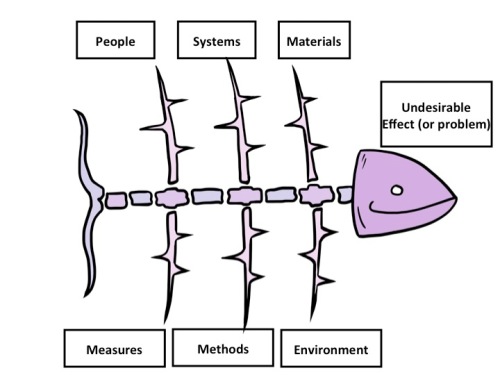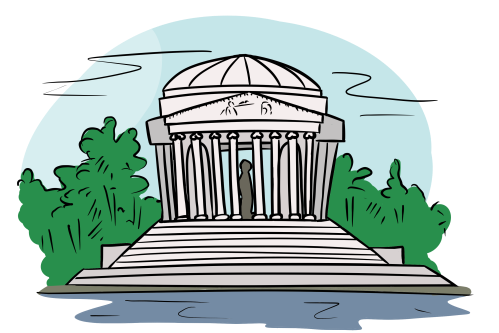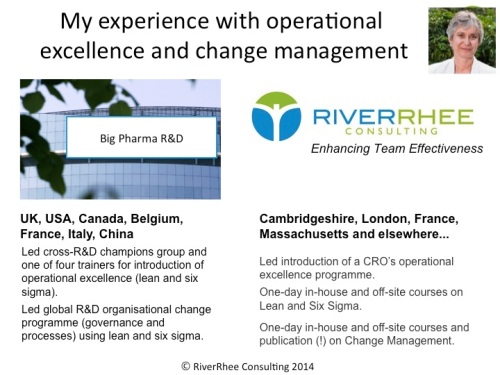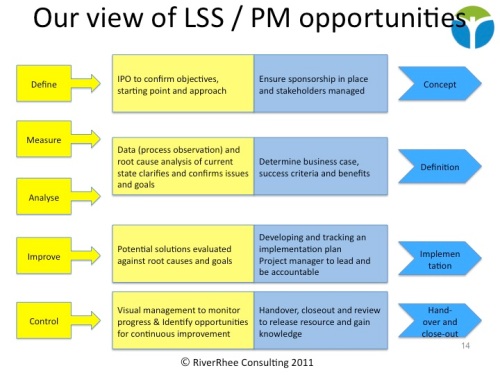By Elisabeth Goodman, 4th October 2017
Why tell stories at work?
I first heard about the power of using stories at work, in the context of sharing knowledge and building learning and understanding, in the 1990s.
David Snowden, who was then a Director at the IBM Institute for Knowledge Management, was a chief exponent of the use of narrative to convey complex messages. (Snowden’s work has since evolved, and there is an informative and somewhat entertaining account of David Snowden on David Gurteen’s website. Gurteen is himself somewhat of a guru of Knowledge Management.)
what makes stories so powerful?
Paul McGee tells us why stories are so powerful in his article “The power of telling stories” for the April 2017 issue of the Training Journal. He reminds us that we have been using stories since the cave paintings 20,000 years ago, and we continue to engage with stories through books, TV programmes, film and in our day-to-day conversations.
And the reason, he tells us, why good stories are so engaging, is that they activate every part of the brain. Not only the language processing parts, but every other part of the brain. The more sensory and action words we include: how things look, smell, feel, and the actions involved – the more we engage the parts of the brain that would be activated if the listener was actually experiencing the event themselves. They don’t actually need to be experiencing it for this to happen..
The result of telling a good story in this way is that it engages the emotions as well as the intellect. Emotions make a story more memorable, more inspiring, and so are more likely to lead to commitment and to action.
When and How to tell a good story?
1. Choose your opportunity and your topic
Stories can be shared about just about anything – but they do need to have a point to be effective!
Here are some situations I can think of – and that I have experimented with in my work with RiverRhee:
In a one-to-one mentoring or coaching situation to give a verbal example of how to do something, or not to do something based on your own experience of doing so.
In a training course or workshop, to convey some key principles, a framework or a methodology.
During a presentation, to get people’s attention and/or to illustrate some key points that you want to get across
2. Think of a main character or characters, an event, and an outcome
As McGee says, in the Training Journal article, artistic licence is fine. The story does not have to be true, although you might find it easier to create it, and to be convincing, if it has some basis on reality.
Christopher Booker, in “The Seven Basic Plots” (Bloomsbury, 2014), argues that these different plots (including comedy, tragedy, quests, rags to riches, encounters with monsters, voyages, rebirths) actually resolve themselves into some basic common denominators.
So, as he says, a typical story unfolds as follows: “once upon a time there was such and such a person, living in such and such a place… then, one day, something happened”. That happening leads the main character (hero or heroine) into some experience that changes their lives. There is conflict and uncertainty. Ultimately there is some form of resolution.
One of my most powerful stories of this type illustrates how people can react to changes that they initially perceive as positive. The words used in the change curve below mirror, to some extent, those for Booker’s story plot above.
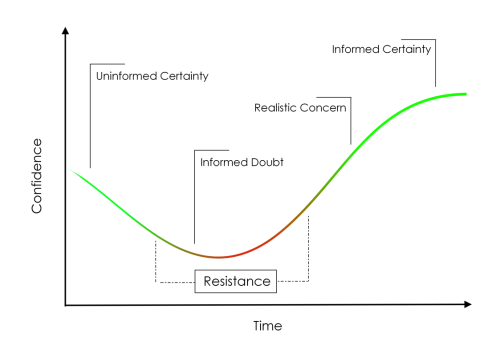
Positive change curve – from “The Effective Team’s Change Management Workbook”, RIverRhee Publishing, 2013
Although I can’t share the details of the change here, it was a family event that we had instigated, thinking that it was the right thing to do (uninformed certainty). No sooner had we initiated it, than I literally felt like I had gone cold with shock (informed doubt!). We persevered for a while, but eventually realised that the solution was not going to be as easy as we had thought, and that we had to start exploring other options (realistic concern). Eventually we did find a way forward and are in a much better place (emotionally and intellectually!) now (informed certainty).
3. Add some sensory detail – and try some metaphors
I learnt, in my NLP Practitioner training, about the wide range of words we can use when we talk to bring our own experiences alive, and to communicate more effectively with others. We use some of these words automatically when we speak, and often neglect the wide array available to us.
So if we deliberately think about appealing to all of our senses, the results would be something like this:
- For visual language use: see, look, picture, blue, yellow, light, bright, dark, transparent etc.
- For auditory language use: hear, sound, loud, quiet, clank, click, tinkle, shrill etc.
- For kinesthetic language use: touch, feel, damp, dry, wet, sharp, hot, cold etc.
- For auditory digital (inner dialogue, or self-talk – this is more language based) use: understand, think, explain, process etc.
In fact, in our NLP course, we also used the power of metaphors as an aid to communication: telling a story that does not even have to directly mention the principle or method that you are trying to get across. People draw their own inferences from the story – and the fact that they have to ‘work it out’ can make the final message even more powerful.
It can take a little courage to trust your audience to make the right inferences, and I generally err on the side of telling them – as with the ‘urban myth’ I use for explaining the importance of finding root causes to address sources of waste in Lean and Six Sigma and process improvement!
when and how will you try out stories at work?
As McGee suggests in his article, and as my own experiences show, it takes some courage to have a go with story-telling, to share perhaps personal stories, and to embellish the stories with sensory detail.
Choose a situation to begin: a one-to-one conversation, a course or workshop, a presentation.
Develop a story that you are comfortable with.
Write a list of prompts to remind you of the key points.
Test it out on a friendly audience. Rehearse.
Remember the very long tried and tested history we have of the effectiveness of stories.
ABOUT THE AUTHOR
Elisabeth Goodman is the Owner and Principal Consultant at RiverRhee Consulting., a consultancy that specialises in “creating exceptional managers and teams”, with a focus on the Life Sciences. (We support our clients through courses, workshops and personal one-to-one coaching.) Elisabeth founded RiverRhee Consulting in 2009, and prior to that had 25+ years’ experience in the Pharmaceutical Industry in line management and internal training and consultancy roles supporting Information Management and other business teams on a global basis.
RiverRhee is a support supplier for One Nucleus and a CPD provider for CILIP (Chartered Institute for Library and Information Professionals).
Elisabeth is accredited in Change Management, in Lean Sigma, in Belbin Team Roles, MBTI (Myers Briggs Type Indicator) and is an NLP (NeuroLinguistic Programming) Practitioner.
She is a member of CILIP and of APM (Association for Project Management) where she was a founding member of the Enabling Change SIG.



